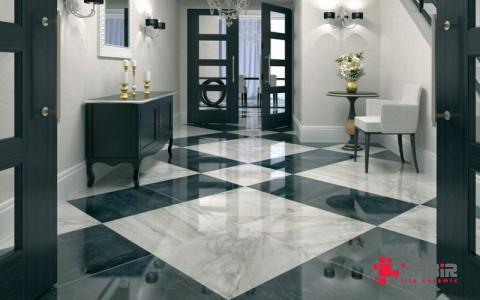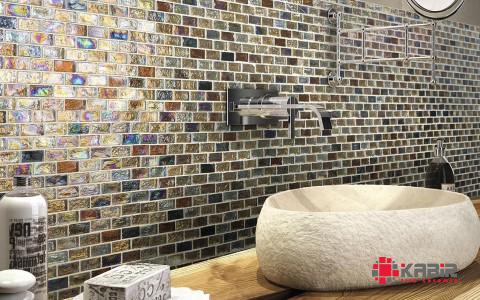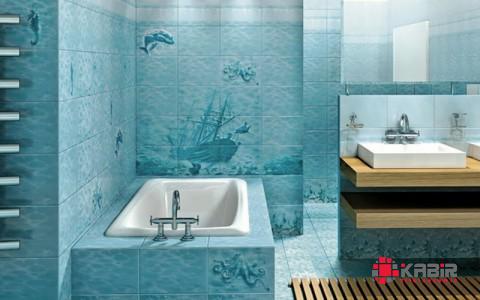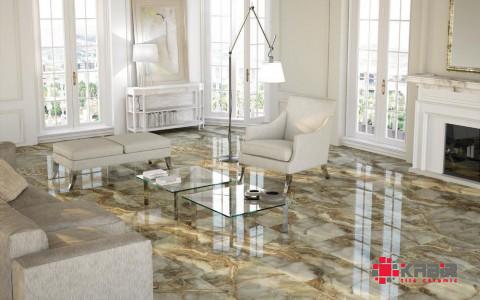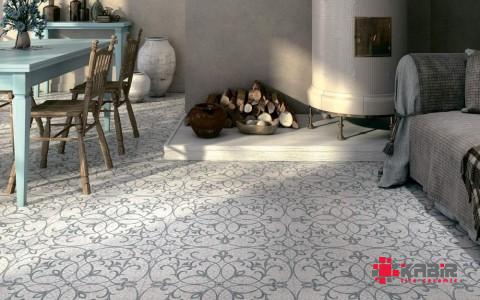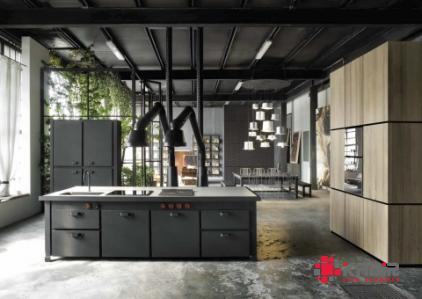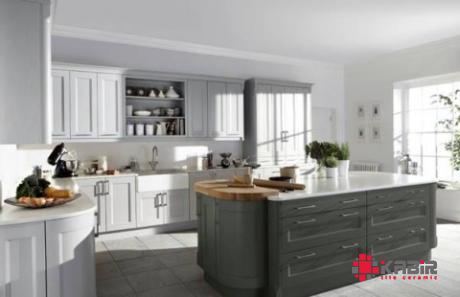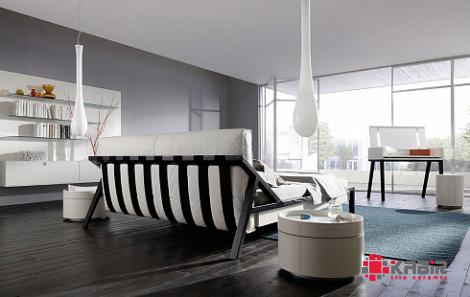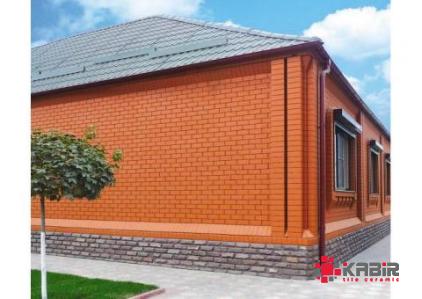Best Glass Tiles 2023 Price List
The production and manufacturing process of glass tiles has one rule: take your time
According to Jeff Nibler, a manager at the supplier Oceanside Glasstile, “the stronger it is, the longer the procedure takes to chill the glass
” Internal tensions brought on by manufacturers are relieved during the slow cooling procedure known as annealing, which takes place in an oven or specialized kiln called a lehr
He says that air-cooled or non-annealed tile is more prone to being of low quality and cracking
Glass tile that has been annealed can be used in various applications
In contrast, non-annealed products are more prone to environmental factors that might cause the glass to fracture due to internal pressures
Examples include the potential for thermal shock in outdoor applications like a fountain or swimming pool
Nibler continues, “An annealed product cannot be distinguished from a non-annealed product with the naked eye
This can only be seen clearly with a polariscope, the scientist said
To assess the optic nature of the subject glass, this gadget uses two polarized lenses and a light source that is hidden behind the glass
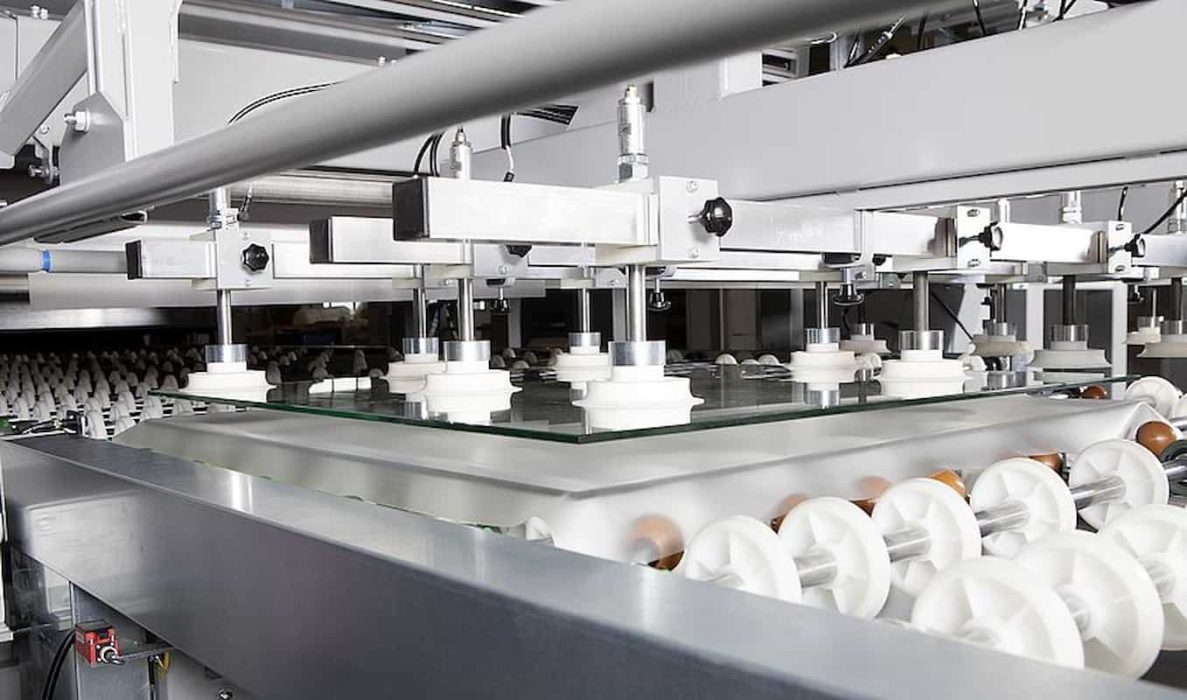
If there are any strains present in translucent items, the viewer can see them as a rainbow of colors created by light reflecting off the stress conditions
Why should glass tile tension be a concern? Throughout the lifespan of an installation, they could be released in various ways, most commonly by shattering due to pressure or heat differences
Since non-annealed goods should only be used for interior walls with low-impact uses and occupancies, annealed products are specified for a variety of applications
A skilled professional utilizing a polariscope to assess the tile’s optic character must differentiate between an annealed product and a non-annealed glass tile
Stresses and other defects show up as a rainbow of refracted hue
Entering a tile factory sheds light on some time-tested methods for creating premium colored glass objects
At the same time, one can observe how carefully guarded formulae and artisanal processes coexist with contemporary automation and control technologies
Slow cooling, or annealing, in a specialized kiln or lehr relieves manufacturing-related internal stresses, enhances product quality, and lessens cracking in thermally stressed materials and materials used in submerged environments
The technique for making cast glass tile involves pouring molten glass by hand at a temperature of roughly 1,600 degrees Fahrenheit, sheeting it by hand, and cutting it by hand in the long-established, top stores in North America Europe, and abroad
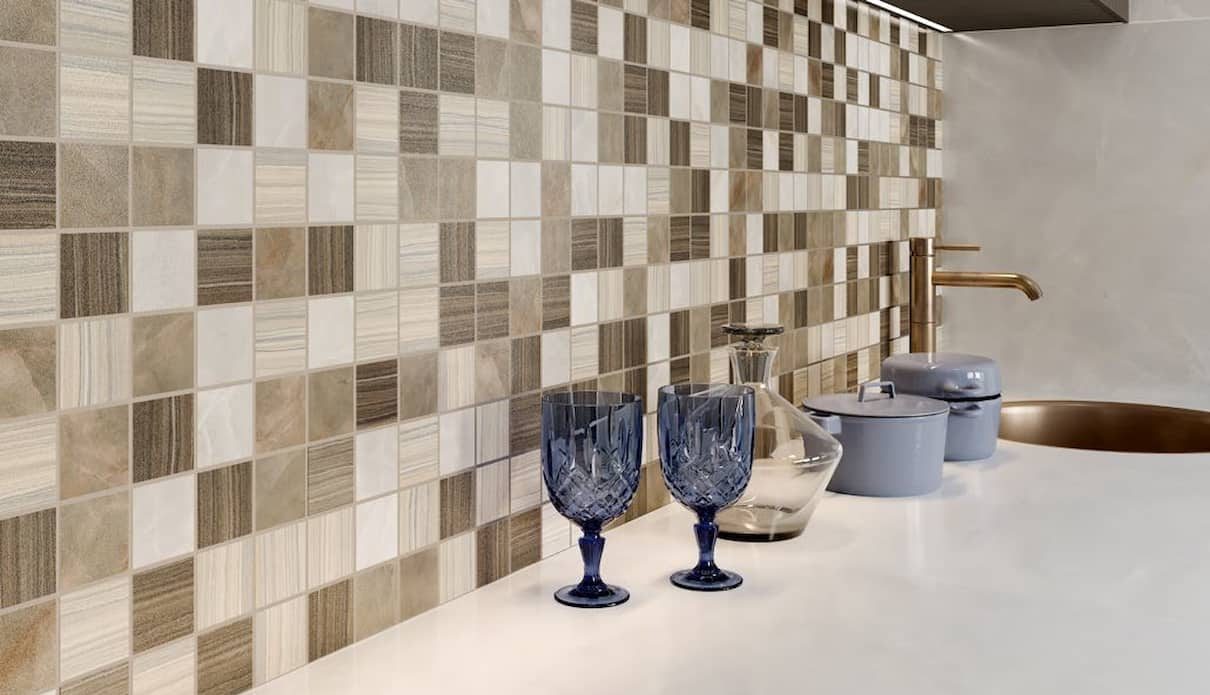
To execute these handmade techniques with a reasonable level of precision and control, the makers draw on substantial training and understanding
Unseen chemical processes result in various hues and effects, which can be meticulously checked for homogeneity
It is possible to use automated rolling and bending equipment
Many architects and artists value hand casting
These techniques allow for greater aesthetics and matching while maintaining uniformity in tile shapes and hues
According to manufacturers, Cast glass is often more difficult to create than any other kind of glass tile
Accurate formulation controls are necessary for the consistency and brilliance of the through-body coloring, and the heating and cooling during each operation must be closely monitored
However, these glass tiles are among the most durable when produced properly
Artists and architects greatly value hand-casting techniques because they enable uniform tile shaping, excellent aesthetic quality, and the production of trim pieces that match
Hand-cast tile tends to be robust and perfect for high-impact usage, including light commercial flooring and specialist conditions, like swimming pools
It is characterized by pure colors, silky/consistent finish, and thickness
The cast goods typically have a high level of durability, and some producers advise using the tiles in high-impact applications such as light commercial flooring and specialized conditions like outdoor and submerged water installations like swimming pools and water features

As a result, glass tile can be used in practically any architectural environment and provide a seamless finish from wall to floor, indoors to out, and in applications for dry and wet areas
Hand casting or machine rolling into a mold are the two ways to mold a molten product into desired glass tile forms
The two approaches differ from one another in terms of ultimate product quality as well as production requirements
Consistency in quality demands properly maintained equipment
Inconsistencies and specific types of flaws in machine-rolled glass tile, such as voids left behind as the molten glass is cooled and rolled, may be tolerated by some high-volume manufacturers
The appearance and optics of the final tiles are impacted by these voids and seeds (impurities), which are often impossible to regulate
On the backs of the tiles, rollers may also produce striations, voids, and other flaws like dimples
When tiles are mounted and installed, these roller flaws may make it difficult to remove grout, which could also damage attractiveness
Possible installation problems with the thinset failing to adhere to the back of the tiles fully are also difficult
Machine-rolled glass tile (pictured left) from some high-volume producers has inconsistent quality and flaws, including voids and seeds (impurities) that impair look, optics, and installation success

When done correctly, hand-cast tile offers few flaws and strict levels of quality control
Pure colors and a silky/consistent finish on the tile pieces distinguish hand-cast items
Glass is manually ladled into the molds while being watched to guarantee a uniform thickness
This manual procedure can be used to create one-of-a-kind items in various sizes
While it is possible to speak with glass tile manufacturers about their procedures, some architects with expertise in the procurement of glass tiles advise visiting the manufacturing sites to assess capacity and product quality
Ask the producers if their glass tiles are designed and acceptable for a project application
They advise Joshua B
Zinder, AIA, NCARB, LEED AP BD C, founder and principal of the integrated architecture and interior design firm JZA D in Princeton, New Jersey
For the cold processes, he says, “you may ask for a video or pictures of how a product is manufactured
” We also explore their outlook on the environment and examine their working conditions
It will be easier to determine whether their products adhere to important industry standards with participation in important industry associations like the TCNA or ANSI
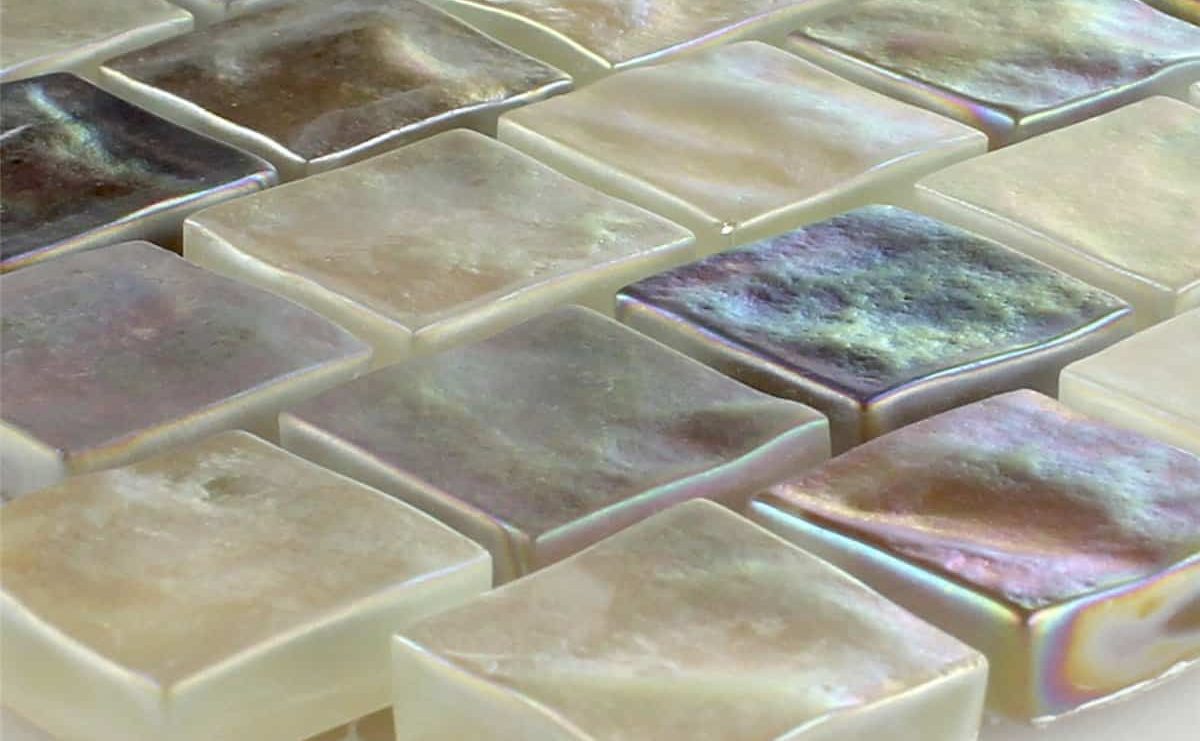
Most manufacturers can exchange test data and charts for hot-process items, including hand cast and rolled products
If not, architects might not have the fundamental performance information required to evaluate the suitability of an application
Zinder adds that some claims of recycled content need to be supported by documentation
According to the architect, who creates high-end hospitality, residential, and commercial architecture, among other things, “Glass tile can be constructed with recycled bottle glass or other types of postconsumer and postindustrial recycled glass material
” “Getting specifics, like how the salvaged glass is sourced and processed, helps
” Some firms use curbside recycling programs to obtain recyclable glass debris
To make sure the source tile counts toward LEED certification, adherence to specific production standards and reporting requirements may be required
